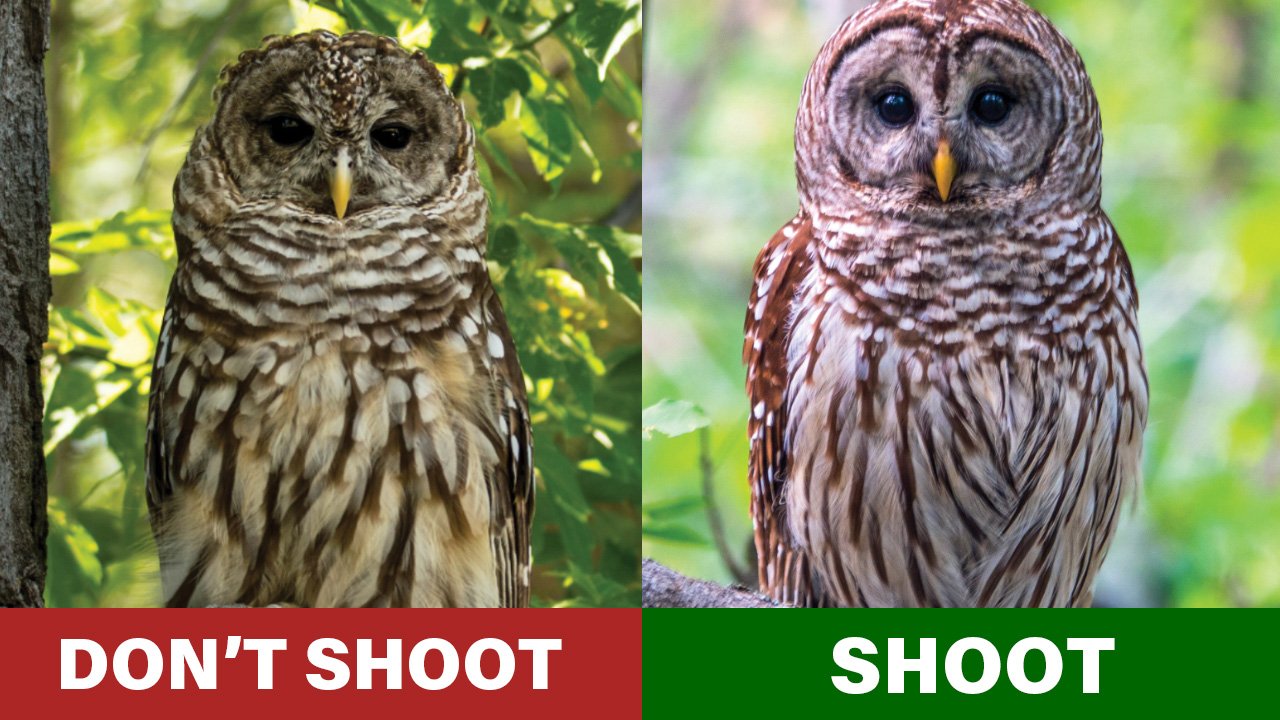America’s relationship with its wildlife historically has been complicated, to say the least. The nation has been a global leader in wildlife protection laws, but the distant past has some dark eras: Whales by the thousands hunted to near extinction worldwide for meat, teeth and mostly blubber to use for oil. Millions of passenger pigeons were slaughtered to complete extinction so city folk could have cheap squab dinners. The Carolina parakeet vanished from the earth because fancy ladies needed fancy hats. And now, during the next 30 years the U.S. government is proposing to hammer 400,000 barred owls with shotguns to save the spotted owl from a bad evolutionary arc.
Wait, what?
Yep, you heard right. The same folks who managed to kill off hundreds of mills and tens of thousands of good family wage jobs by reducing timber harvests in the Pacific Northwest to save the spotted owl now say it’s not the mills that buy the timber or even loggers who cut it who are the spotted owls’ big threat. Instead, it’s the owls who are their own worst enemy.
Specifically, barred owls, the spotted owl’s well-traveled East Coast cousins with a highly adaptive lifestyle, are the problem, says the U.S. Fish & Wildlife Service (FWS). And there really is a FWS proposal out there to save falling spotted owl populations by pounding the barred owls. Way back in July 2022 the agency filed a “Barred Owl Management Strategy; Intent To Prepare an Environmental Impact Statement; Washington, Oregon, and California.” And one of the proposed management alternatives is the elimination of thousands of barred owls, up to 400,000 over 30 years, in various parts of Washington, Oregon and northern California.
And just like those loggers years ago, the barred owls gotta go, too. Turns out the FWS calls the barred owl an “alien species” because it migrated westward and wasn’t found at all in the Pacific Northwest until the 1950s.
Unlike their spotted cousins who are all hung up on old-growth reliant tree voles and wood rats and picky diets, barred owls eat the same things—plus a whole lot more, and also thrive in wider variety of habitats. The spotteds are also lazy on the nest, reproducing every two or three years instead of annually, which makes it even tougher to sustain populations in the face of barred owl competition.
There have been FWS pilot projects and fairly short-term studies, and I believe them when they say areas that have been “depopulated” of barred owls show less to no decline in spotted owl populations.
And, of course, this being the government the solution to save the owl has to be a big one. How big? Well, how about a pile 400,000 barred owls big? Using average sizes and weights, that’s roughly 300 tons of dead owls, and enough owls to stretch 113 miles if placed head to tail. Either way, it’s a lot of owls. And exactly how did they come up with 400K dead barred owls? If that’s good, wouldn’t 600K be better?
And that brings us to another point: logistics. Someone has to build that 300 ton pile, that 113 mile long line of dead birds owl-by-owl. Even an old timey market hunter used to filling skiffs with ducks might decide 400,000 birds is too much work, but the government evidently is not to be deterred.
Let’s do the math here. Over 30 years, that’s 13,333 owls a year, which works out to only 37 owls per day. But that’s every day, rain or shine, snow or dust. Every day, for 30 years. That means putting lots of boots on the ground and shotguns in the air.
The tongue-in-cheek one-liners just write themselves, but I don’t want to belittle government employees too much. Many are trying to do their best in fulfilling mixed mandates, through common sense (or not), or through management by court order.
And the government’s record on these kinds of things, like the nation’s relationship with its wildlife, is decidedly mixed. I know I’m mixing spotted owl apples with biomass oranges but in Arizona the past decade-plus, the government has come up about 80% short on a contract to treat several hundred thousand acres in danger of wildfires—and the acres aren’t even moving targets, they just sit there.
Then again, at least the barred owls have a fighting chance…to fly away, maybe to a nice wooded suburb with less gunfire and a bunch of bird feeder fattened squirrels. Unlike the Pacific Northwest’s loggers, who were sitting ducks for what was evidently the FWS’ misguided policy 30+ years ago, when the spotted owl was listed as threatened in 1991.









